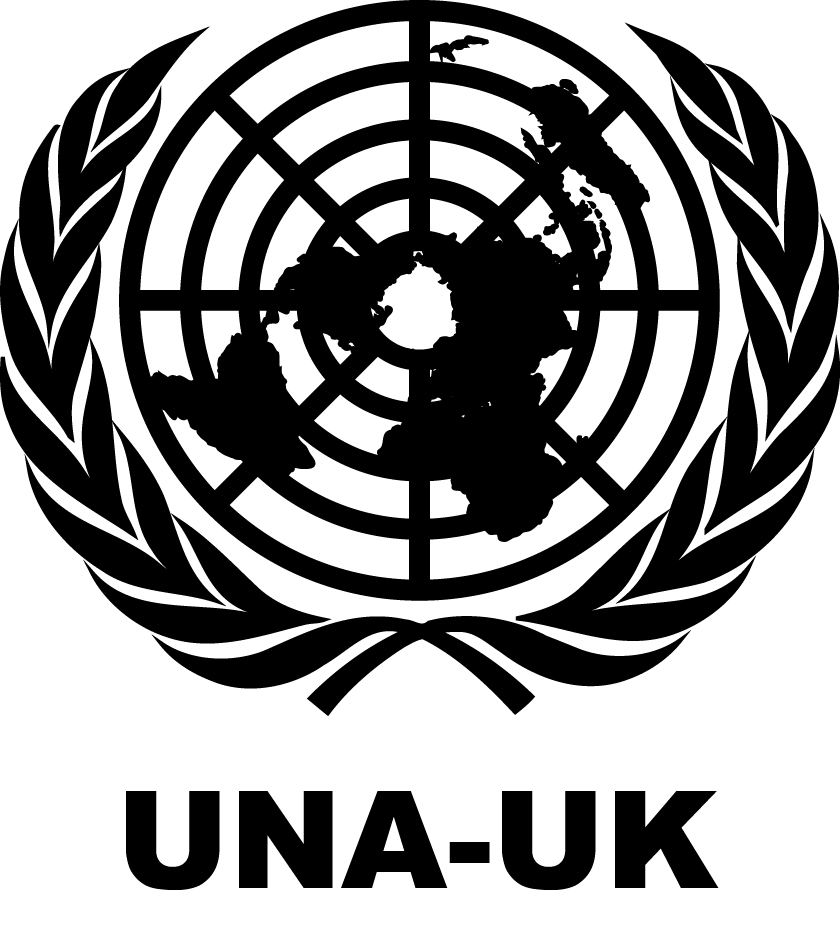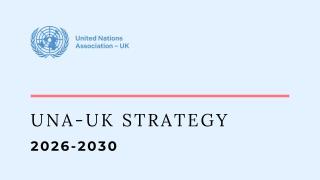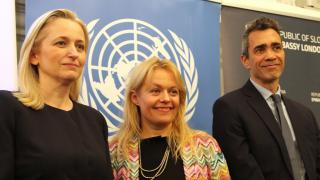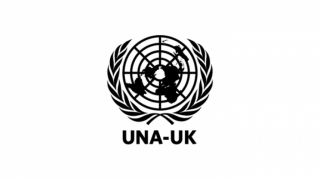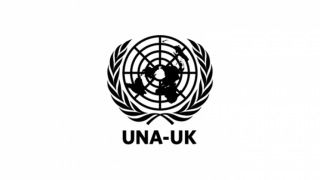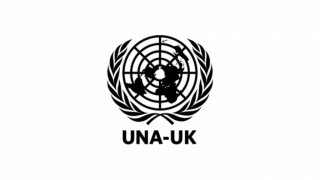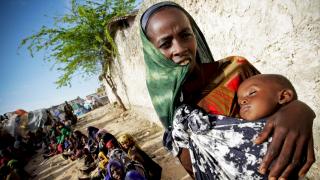
UNA-UK is deeply concerned by news that the number of people requiring food assistance in the Horn of Africa is likely to rise to 10 million in the coming weeks. An estimated nine million people have already been affected, predominantly in Ethiopia, Kenya and Somalia.
The UN has been tracking developments in the region for months. According to the UN Office for the Coordination of Humanitarian Affairs (OCHA) link, prolonged drought has led to successive crop failures and insufficient water to sustain human and livestock consumption. In early May, it warned that “drought remains a major threat with no likelihood of improvement until early 2012”.
The situation has been compounded by soaring food prices (up 270% since last year), high fuel prices, and the conflict between the Transitional Federal Government and insurgent groups in Somalia. As a result of the crisis there have been large refugee flows from Somalia into neighbouring countries, already host to hundreds of thousands of refugees in cramped camps. The humanitarian crisis is set to be the worst in the region for the last 60 years.
Several UN agencies, including the World Food Programme (WFP), Children’s Fund and Refugee Agency, are working hard to cope with this complex emergency.
But their operations are severely overstretched. WFP, for instance, which is currently providing food aid to some six million people in the region, is funded on an entirely voluntary basis and already facing a 40% budget shortfall. It will need a substantial boost in resources if it is to scale up its assistance.
The UK’s announcement that it will contribute £38m to WFP is therefore most welcome. But more aid will be needed. OCHA estimates that some $1.2bn is required to fund humanitarian operations in the region and to date, just a fraction of that – $671m – has been received.
The situation in Somalia
The number of people in need of aid in Somalia is now in the region of 2.5 million, some 30% of the population. Most are situated in the south and centre of the country – the least accessible area for aid agencies as a result of the ongoing conflict between insurgent groups and the Transitional Federal Government. In total, there are now some 750,000 Somali refugees, of whom 405,000 are in Kenya, 187,000 in Yemen and 110,000 in Ethiopia. In addition, 1.5 million people are internally displaced within Somalia. Ongoing conflict, exacerbated by drought, has forced more than 135,000 Somalis to leave the country to date this year. In the month of June alone, some 54,000 people fled.
Examples of the UN’s response:
- WFP plans to feed 1.2 million people in Mogadishu, central and northern Somalia. So far, it has reached 1 million people with food aid. WFP's efforts in Somalia have been hampered both by the ongoing violence and insufficient funding.
- In South Somalia, UNICEF and its partners are providing basic health care services to nearly 900,000 people, and providing water and sanitation to over a million.
- UNHCR is provideing emergency shelter for internally displaced persons as well as livelihood support and assistance to refugees and those fleeing to neighbouring countries.
The situation in Kenya
In Kenya, an estimated 3.5 million people are at risk, in addition to the 61,000 Somalis that have sought safety in Kenya this year. Since 6 June, some 27,000 Somalis have crossed the border into Kenya, bringing the total number of people living in Dadaab's three refugee camps to more than 382,000. This makes it the world's largest refugee camp complex.
Examples of the UN’s response:
- UNHCR has witnessed unprecedented levels of malnutrition among new arrivals in the refugee camps – especially among refugee children. Reports suggest that as many as 30-40% of Somali children arriving are seriously malnourished. There are also increasing reports of children below the age of five dying of hunger and exhaustion during their flight from Somalia. Many are so weak that they die within 24 hours of their arrival, despite the emergency care they immediately receive.
- UNICEF is helping to treat over 12,000 malnourished children in Kenya.
- In Dadaab refugee camp complex in Kenya, where refugees are arriving at a rate of 1,400 a day, UNHCR and its partners are distributing high-energy biscuits as a life-saving intervention. In addition to malnutrition, overcrowding at the camps is now a major concern.
- WFP has stated it is only able to meet the needs of 1.6 million of the people needing assistance in Kenya, while the Government of Kenya is expected to respond to the remaining 800,000 affected people.
The situation in Ethiopia
Some 3.4 million people in Ethiopia are receiving food aid – an increase of 400,000 from February to April 2011. Like Kenya, Ethiopia has seen a large influx of refugees from Somali, with 55,000 Somali refugees arriving since the start of this year. More than a quarter of the refugees are malnourished, rising to about three in five for children.
Examples of the UN’s response:
In the most affected areas of Ethiopia, UNICEF has distributed food to almost 34,000 severely malnourished children, and ensured access to water and sanitation for over 280,000 people.
- WFP is planning to provide emergency food assistance in Ethiopia to up to 3.5 million people.
- UNHCR has introduced a blanket feeding programme for children below the age of five.
- The two existing camps in south-east Ethiopia, Bokolmanyo and Malkadida, accommodate more than 70,000 refugees and have reached maximum capacity. To provide protection and shelter for newly arrived refugees, a third camp in the south-east has been opened at Kobe. UNHCR has identified a fourth potential site for a camp and discussions are underway with authorities about the location of a fifth.
- As part of UNHCR response, a UNHCR-chartered cargo plane is scheduled to land in Addis Ababa in early July, delivering 100 tonnes of relief items from the emergency hub in Dubai. Urgent funding is needed to assist UNHCR deal with this situation.
